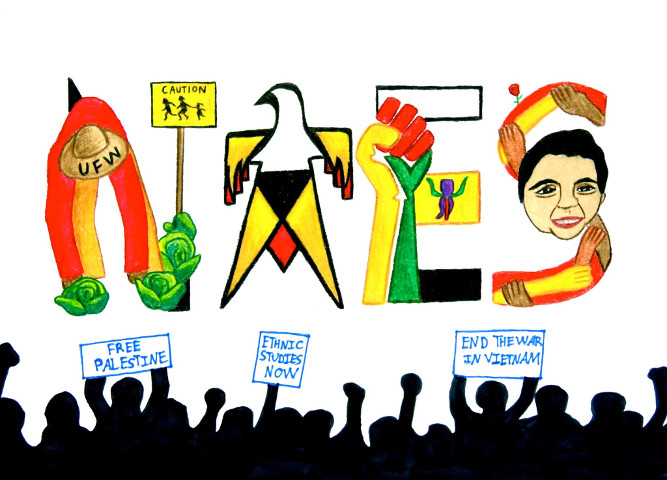Explorations in Sights and Sounds

Orginal Publication Date
1981
Journal Title
Explorations in Sights and Sounds
Volume
1
Issue
ess/vol1/iss1
First Page
29
Last Page
30
Abstract
This book is intended as a footnote to the larger history of the last years of the slave trade in the Atlantic and to the efforts of the British West Indian planters to find labor substitutes for the emancipated slaves. During this period, the Royal Navy recaptured in the Atlantic some of the people exported from Africa as slaves by other colonial powers, and took them to Sierra Leone or to St. Helena. Officials from several West Indian islands tried to induce some of these recaptives to immigrate to the West Indies as indentured laborers. This book is a social history which focuses on the approximately eight thousand West Africans (primarily Yoruba, and also Igbo, Kalabari, Nupe, Temne, Mende, and Mandinka) and Central Africans [Kongo, Nsundi, Yaka, Ambaka, Bobangi (Bayanzi), and Ndongo] who came to Jamaica as indentured laborers. The text gives a generally chronological account of their immigration and the conditions under which they worked. (Their reaction to their condition can be inferred from the book's title, which comes from a song of lament sung by some of the Central Africans' descendants.) The text (109 pages), plus the extensive footnotes (42 pages), describes the social structure and culture of the major immigrant groups, with an emphasis on religion as a cohesive force among the African communities. The book discusses cultural retentions and ethnic group boundaries. Inter-ethnic ties were formed between different groups (both African and non-African) through such devices as fictive kinship and Pan-Africanism. These arguments support the author's main thesis that the cultures of these peoples were an important source for the persistence of African traits after the end of slavery. She thinks that a thorough discussion of the origin, spread, and mixing of cultures on the island should include the impact of these immigrants.
Rights
Copyright, ©EES, The National Association for Ethnic Studies, 1981


